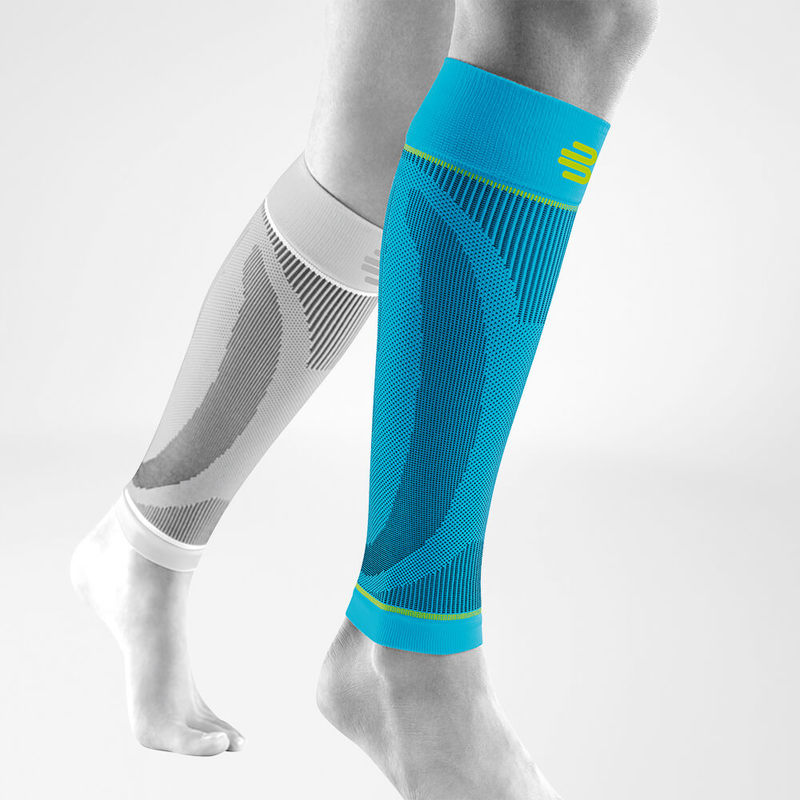The calf muscle consists of two powerful muscles – the gastrocnemius and the soleus, and a smaller muscle – the plantaris. These muscles combine to allow our bodies to forcefully push off, change directions and jump, just to name a few motions. It is not uncommon for calf pulls or even tears to occur, especially when performing in agility sports like tennis or running.
PREVENTION
The best way to prevent a calf tear is to be on a regular stretching program so your calf is the proper length. Shorter, tighter muscles are more likely to tear; Consistent stretching keep your calves longer and looser, which helps to prevent injury.

Without a proper warm-up, muscles are tight, brittle and more prone to tearing.
Another good prevention tip is properly warming up before going at 100%. You should do light activities to break a gentle sweat before playing your sport at full force. Too often people want to skip the warm up and this can be a big mistake especially on a cold day.
A warmer muscle is less likely to tear; hence why warming up is good to do. Imagine if you had room temperature spaghetti noodles, they would be very brittle and break easily. Now imagine you put those noodles in boiling water for five minutes. They would get malleable and “gooey” and would be much more difficult to break. This analogy applies to your muscles also
COMPRESSION
How do compression sleeves or socks help reduce calf pulls?
First, they help to keep the muscle warm and as mentioned, a warm muscle is much less likely to tear. Compression can also help stabilize the calf to reduce muscle vibration, which in turn can reduce fatigue and injury rates.
When wearing a true medical-grade, gradient compression sleeve or sock, increased blood flow and increased oxygen transfer occurs reducing muscle soreness and improving recovery times.
Bauerfeind’s Sports Compression Sleeves Lower Leg (calf) and Sports Compression Socks Run/Walk and Ball/Racket deliver carefully-regulated pressure to boost circulation. This allows oxygen to be transported faster for better endurance, less fatigue and quicker recovery times. The moisture-wicking microfiber also helps keep the muscle belly warm while the skin remains comfortably cool.
Post written by: Erin Grigsby, PT - Bauerfeind Physical Therapist






